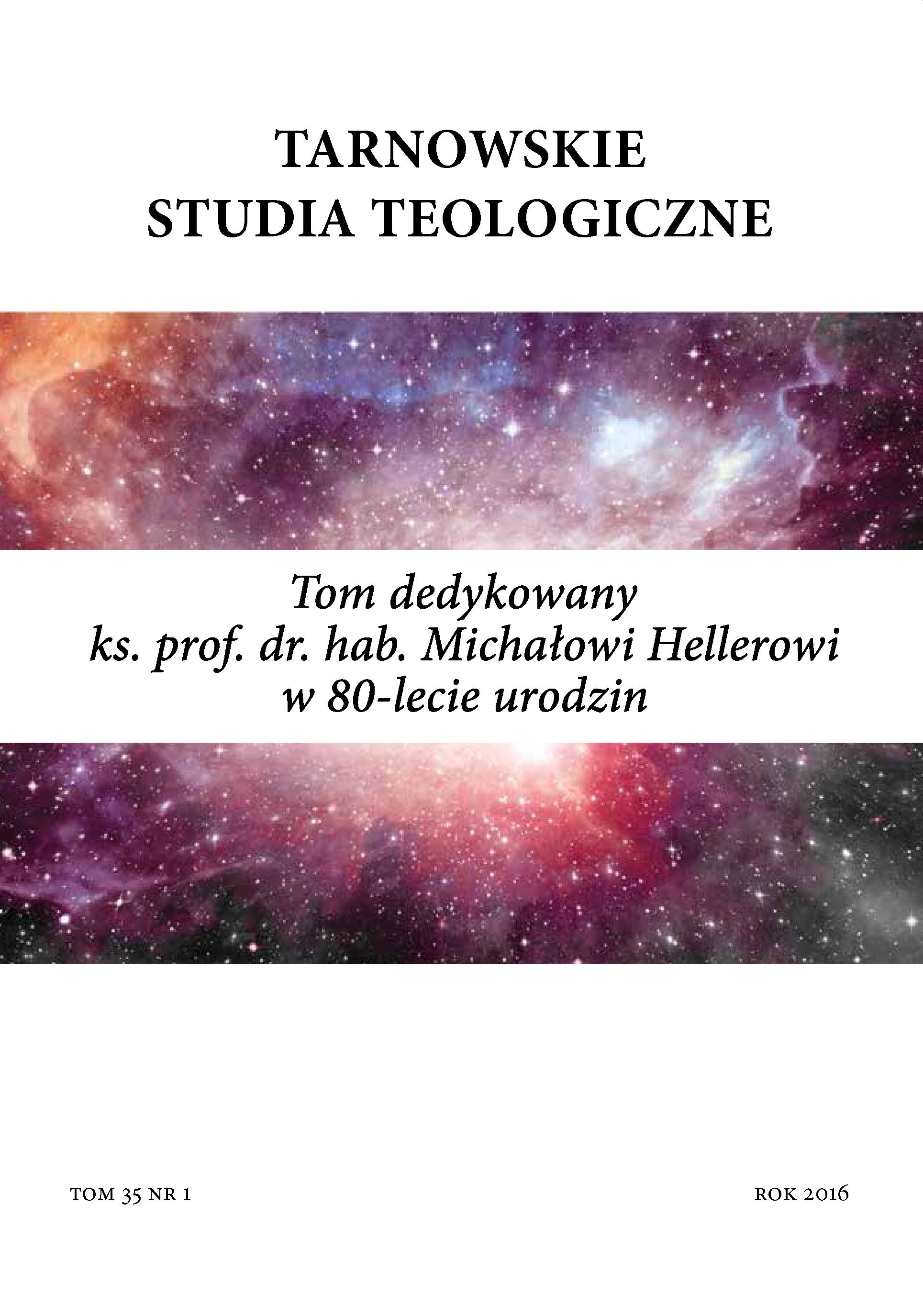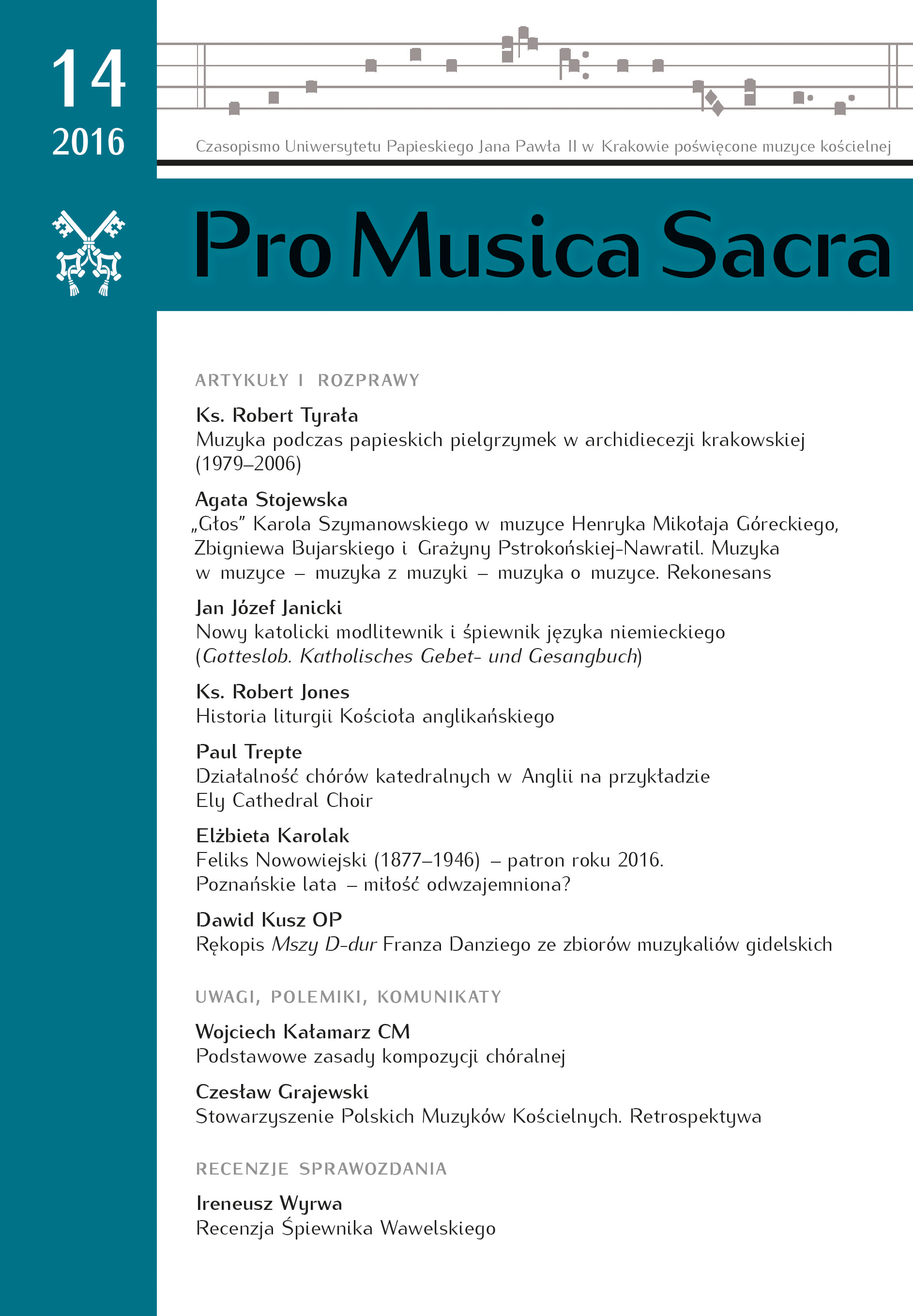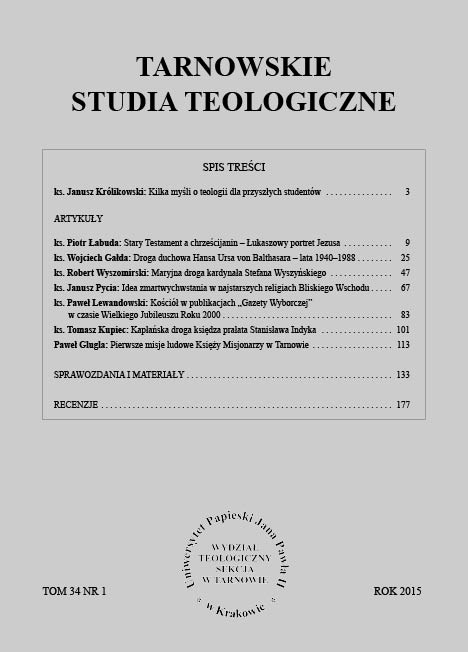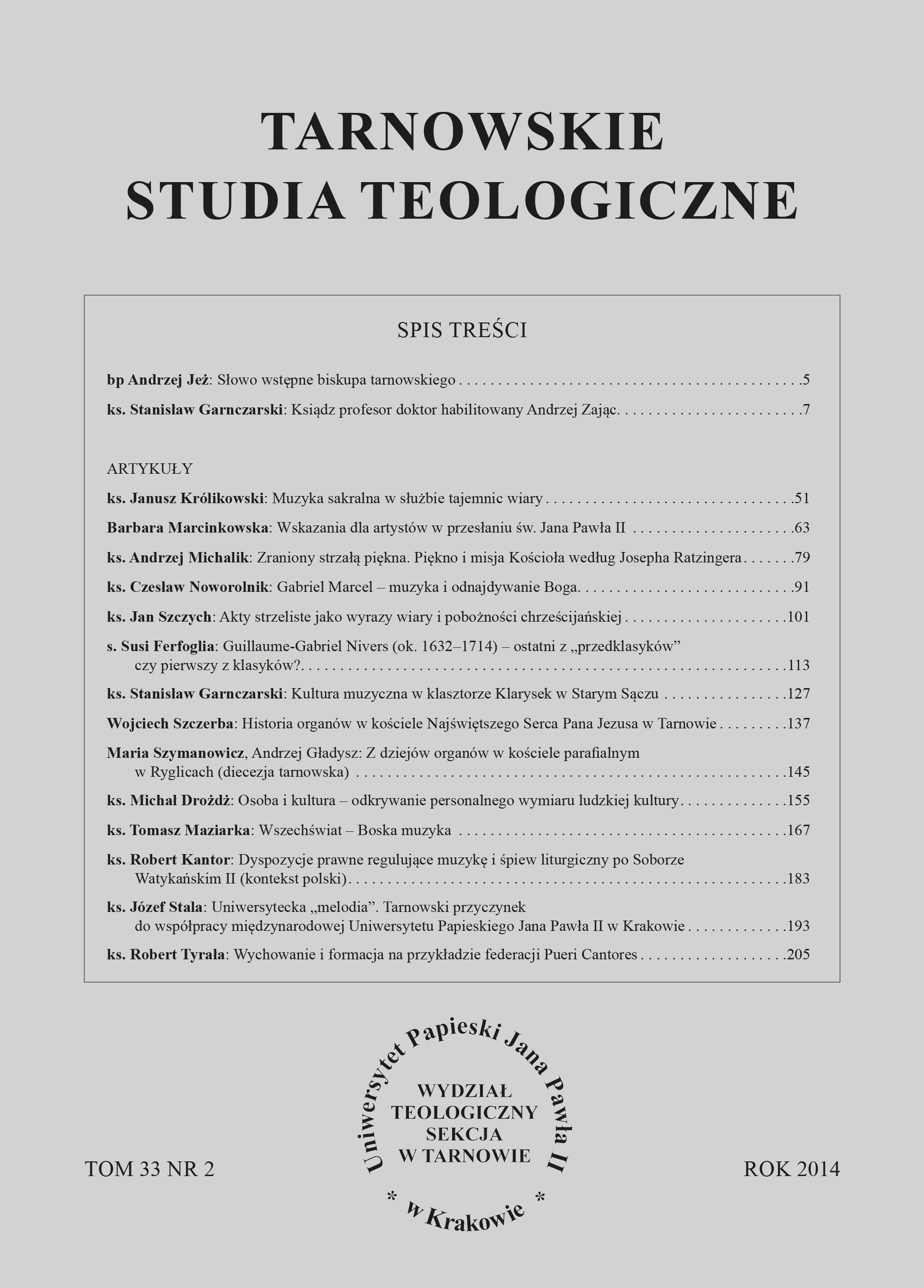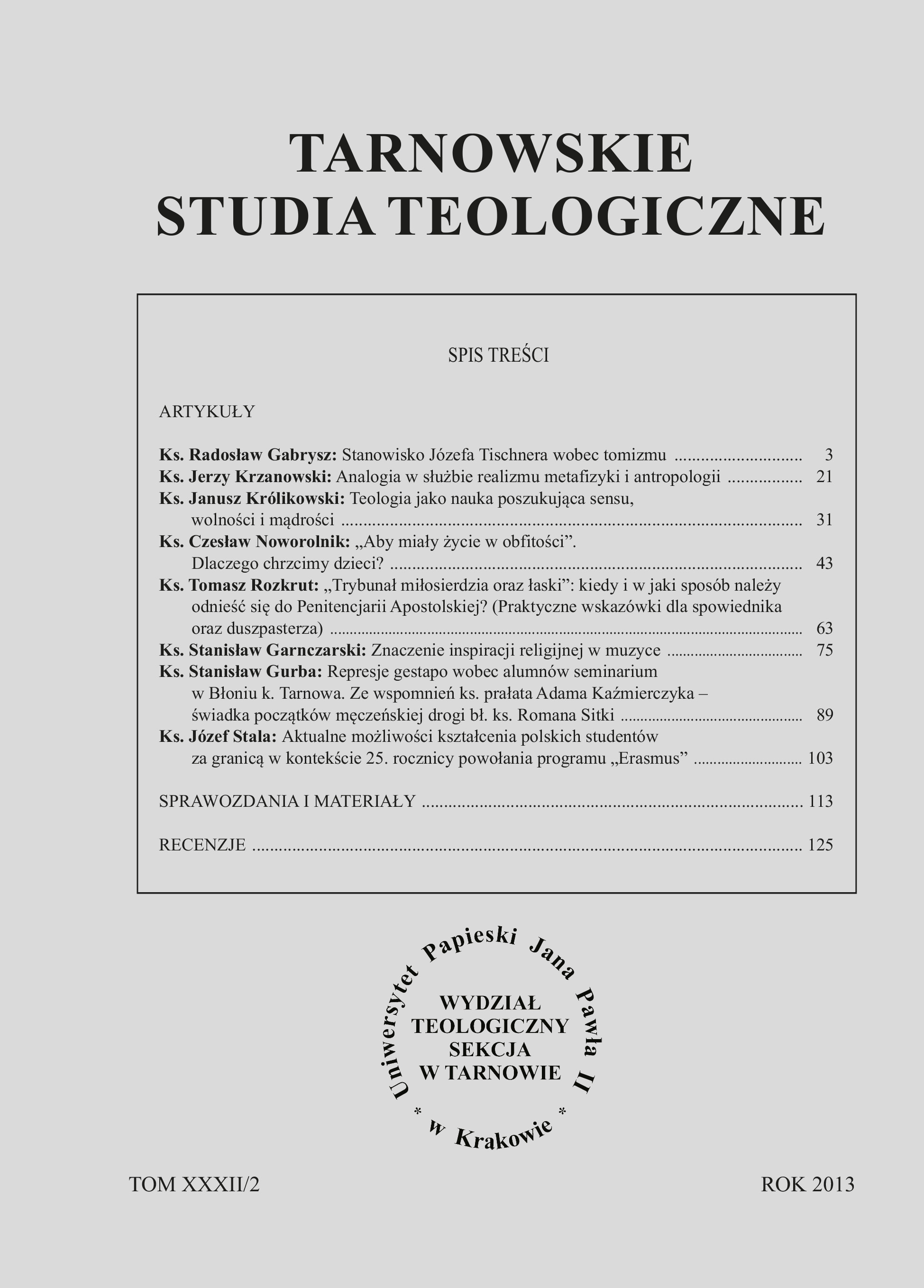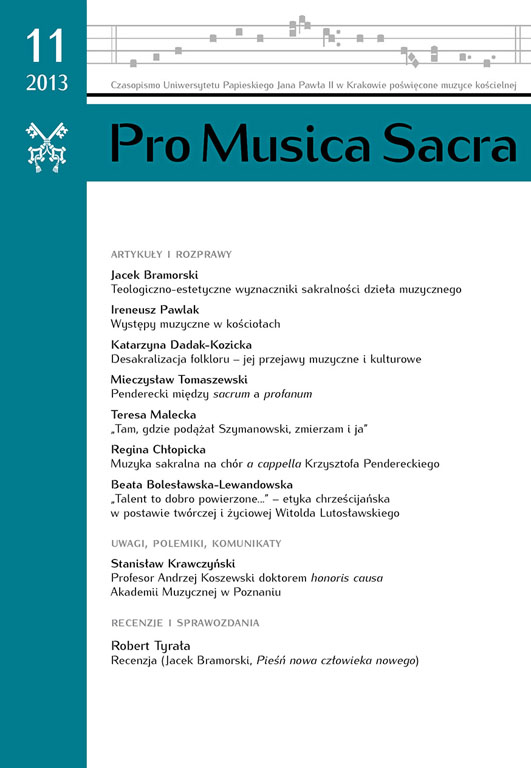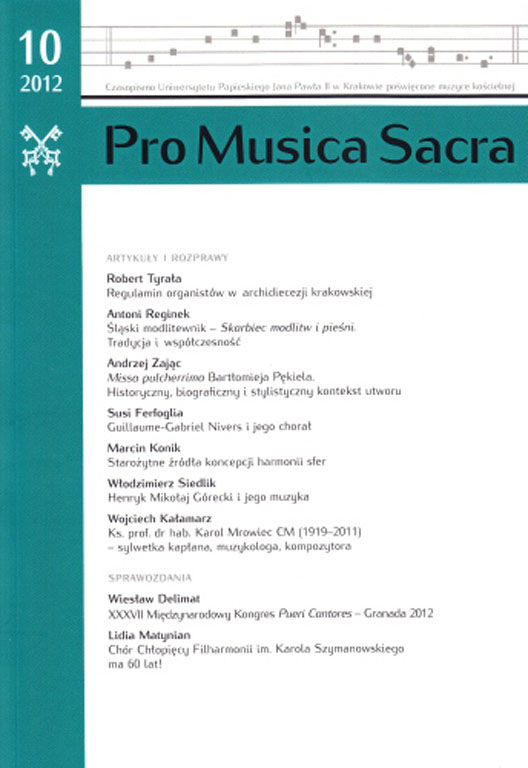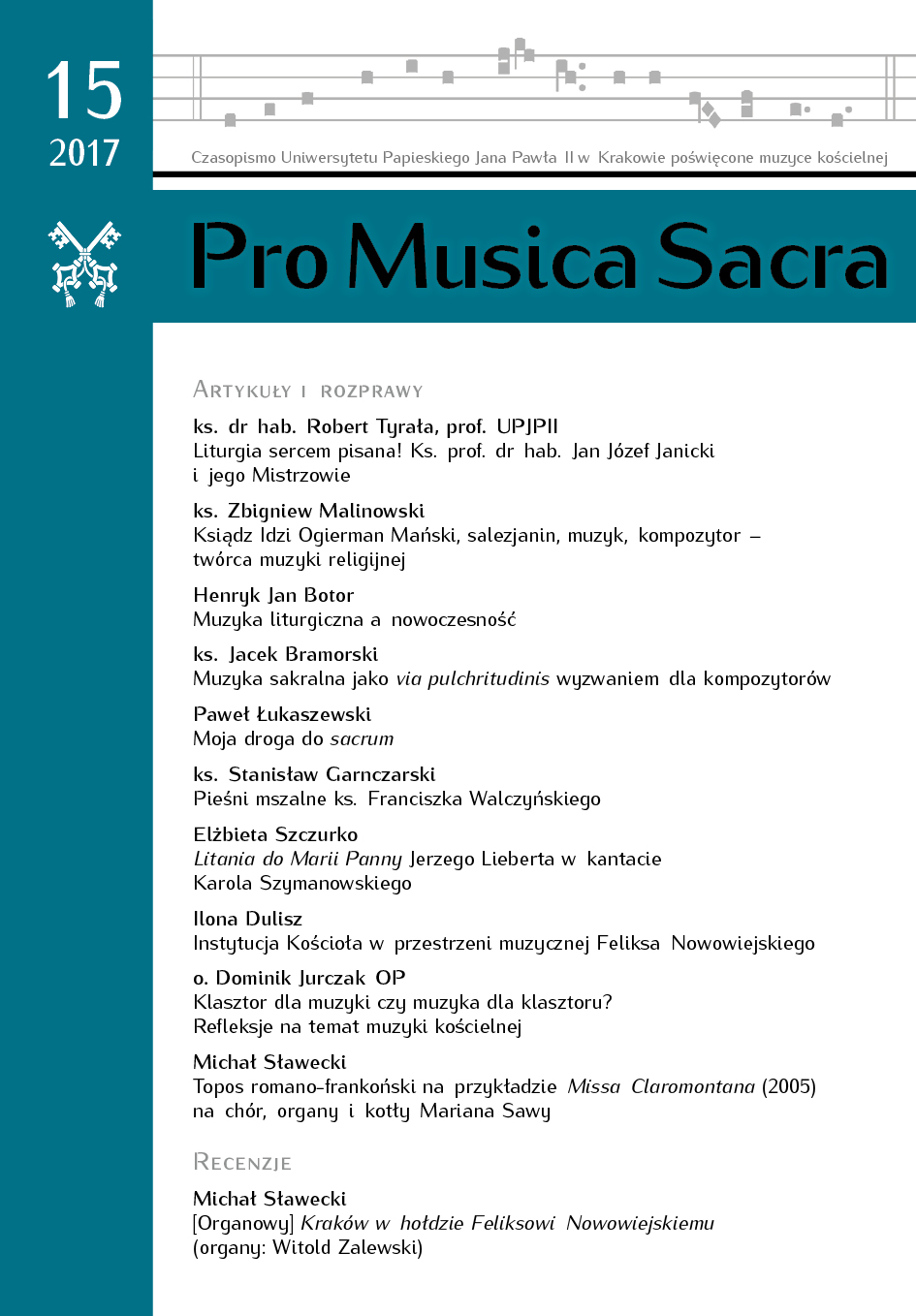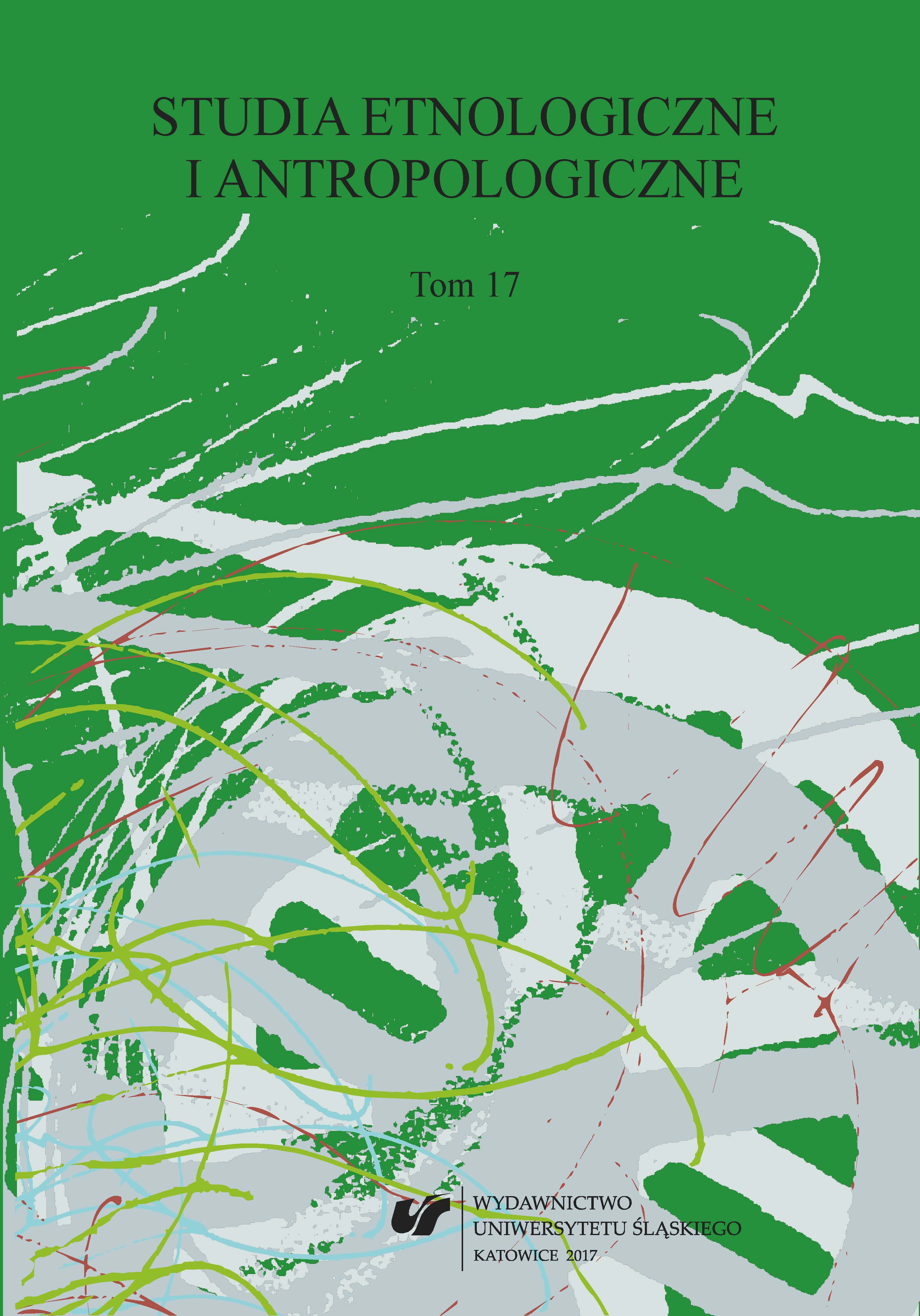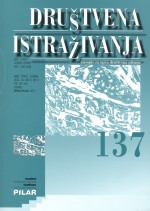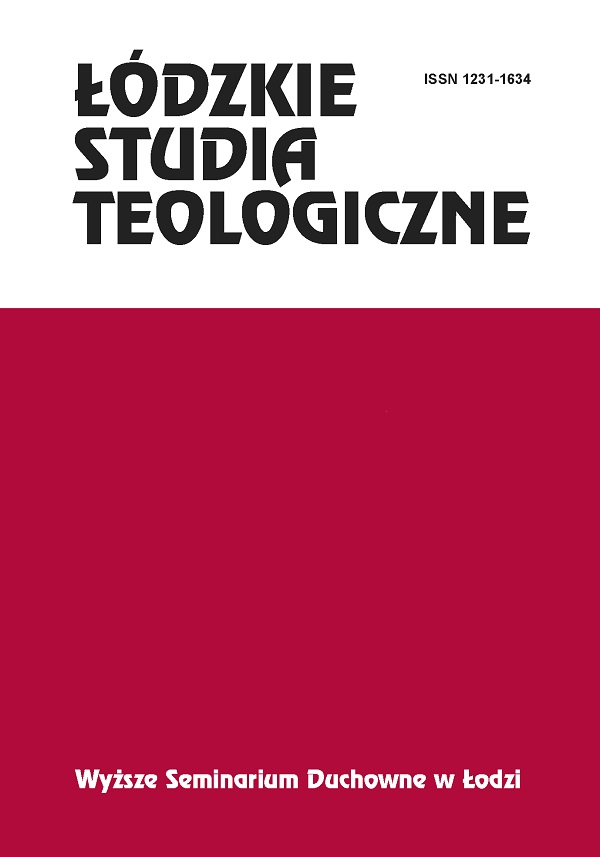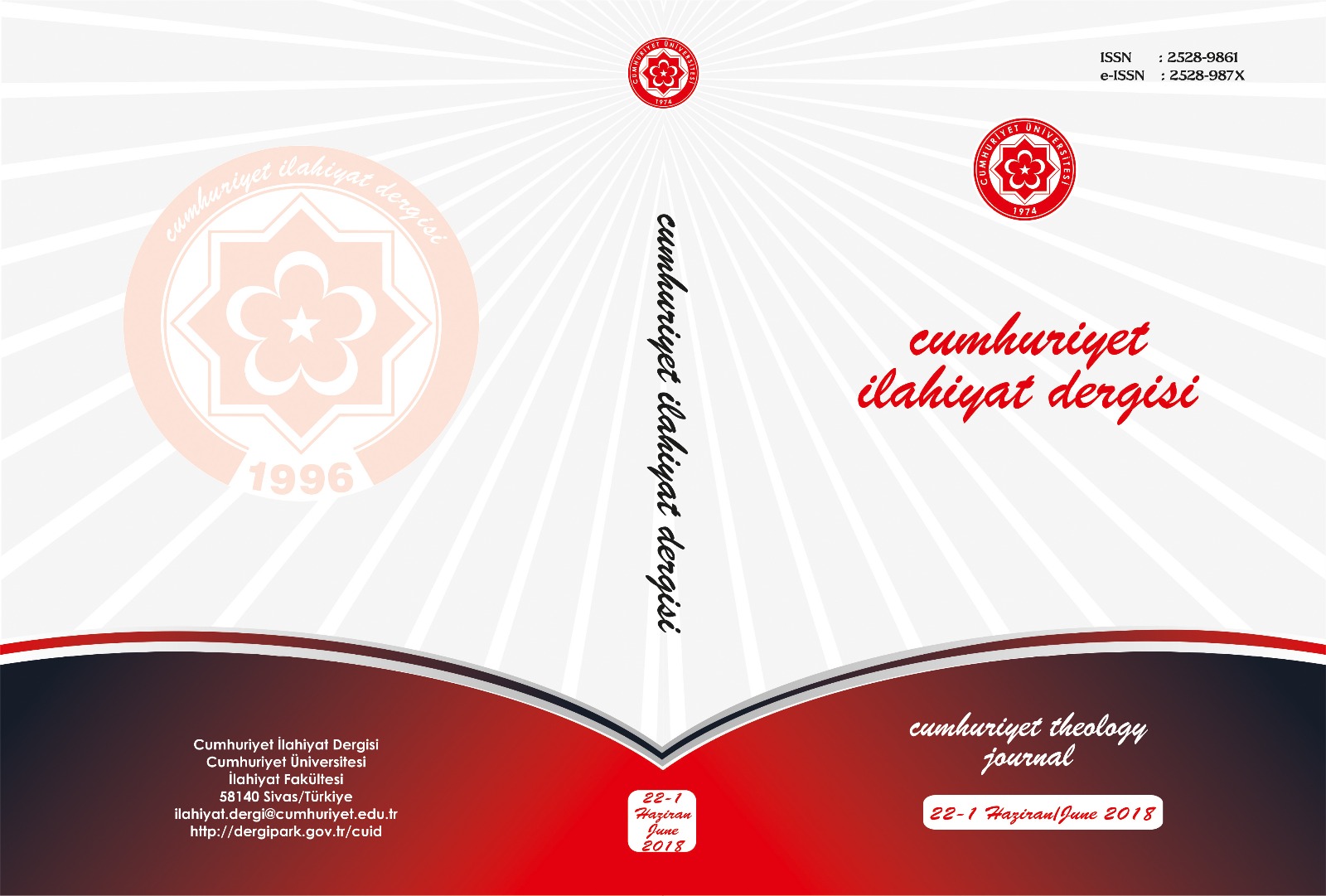Author(s): Mehmet Tıraşcı / Language(s): Turkish
Issue: 1/2018
Ṣāliḥ Nābī (d. 1914) is a person who lived in the last periods of the Ottomans and is a medical graduate and interested in Turkish music. In 1910, he received a work called al-Falsafa al-Mūsiḳī (Philosophy of Musica). In this study, the effects of music on the human soul, music history, and musical understanding in the Ottoman period were found. Throughout history, many musical compositions have been received and reflected some philosophical thoughts. But an independent study of philosophy and music is not found before the 20th century. For this reason, Ṣāliḥ Nābī's al-Falsafa al-Mūsiḳī work is remarkable in terms of its title. There are brief explanations about various issues in the work but the most important issue that attracts our opinion is the musical perception of the period. Because Ṣāliḥ Nābī, as a witness at that time, thinks that music has been neglected for a long time in the Ottoman Empire. This is the reason why he has already taken him to a work. In this article, it has been tried to be given to today's musical literalism.Summary: Ṣāliḥ Nābī was born on May 5, 1886, in Istanbul Yedikule. After his primary and secondary education, he started the Military Medicine Faculty in Cengelkoy on March 13, 1901. He graduated in 1911 after having studied for a total of ten years here. Prior to his graduation he worked as assistant at Bel-Air Hospital in Switzerland for a while. He died at the age of twenty-eight in 1914 after having practiced medicine in several different regions.Ṣāliḥ Nābī, who died at a young age, has two works that arrive present days. One of them is the graduation thesis named Mental Illnesses and Bel-Air Hospital in the Twentieth Century. In this work that he published in 1911, he made suggestions about the architectural works to be done in this area by making use of some of the examinations in Switzerland Bel-Air Bâmârhânesi where he served as an assistant for a while. The other work, which is also the subject of our work, is named al-Falsafa al-Mūsiḳī(Philosophy of Musica).Al-Falsafa al-Mūsiḳīis composed of thirty-two pages. The first fascicle, which is the subject of our work, is the only known number of this work that planned to be published as monthly magazines. This work is written to explain the subjects of music and philosophy. But this work could not continue because of Ṣāliḥ Nābī’s participation in the Balkan Wars after his graduation and later his death at a young age. Al-Falsafa al-Mūsiḳīconsists of three parts, one of which is the introduction part. Under the heading entitled "Medhal", the cultural and musical environment of the Ottomans in those days is mentioned and the purpose of writing the work is explained. The second part is about the musical influences on soul. This section examines the following topics: Musical influence on soul, the importance and service of the ancient Greeks to music, some notes about music in history. The name of the last part is “Mūsiḳīnin İctimā’iyāt ve Tārihle Munāsebeti (Relation of Music with Sociology and History)”. Under the last title these subjects are respectively discussed: the place of music in social life, the origins of music, the invention of some instruments used by the ancient Greeks, especially the "lyric", the services of the ancient Greeks as music, the development of music in the Arab world and its pioneers, the effect of the invention and dissemination of musical notation.As you can see, although the author uses “music” and “philosophia” words in the name of work, he has made statements on many issues. We will examine these issues under five headings in terms of better understanding of the work and on the subject matter integrity. These are: The origin of the word of “al-Mūsiḳī/music”, the musical thought in the work, the history of music, the musical understanding and works in the Ottoman in the twentieth century and the music-literature relation. Since the topics under these headings will be given in detail in the article, we can summarize them briefly as follows. There is some information in the sources of musicology that the origin of the word of “al-Mūsiḳī/music” is derived from the ancient Greeks. According to this idea, word of “al-Mūsiḳī/music” comes from “musa” which is the goddess of poetry and music. But Ṣāliḥ Nābī did not accept this claim. The author states that this word is used to be by the ancient Greeks, but also existed long before them. Moreover, Sālih Nâbî states that such thoughts arise as a result of a mistake such as searching for the origin of everything in the ancient Greeks. Ṣāliḥ Nābī states that music is art that can express the deepest feelings of the soul. This is the humane direction of music. On the social side, music is the most important means of revealing the structure of a society and the world of thought. For this reason, the development of music shows the development of the country. Therefore, music is important in child bringing-up and in the first education period of a child. Because the generation who knows the music, senses the deepest feeling of the soul (which is the conscience, they also have moral norms that are socially necessary. There are some explanations of music history in the work of Ṣāliḥ Nābī. The author bases musical history before the creation of Adam. Because the voice was there before man was created. The works of the ancient Greeks in the history of music cannot be denied. They have reached important information on issues such as instrument inventions, influence of music on soul, the fact that music becomes a science, and they have conveyed them to future generations with their works. The author, who stated that similar works were done in the world of Islam, gives two examples with the mention of Fārābī and Ibrāhīm al-Mavsilī. One of the issues that the author is talking about is the influence of music on soul. Ṣāliḥ Nābī is a doctor interested in music. He had also done research on this subject, prepared a thesis as mentioned before, and published his work. The author, explaining this effect of music, has given examples in the history that some wars have been gained thanks to music.One of the most remarkable parts of the work of Ṣāliḥ Nābī is that he analysed the situation of the Ottoman Empire at that time. The author criticizes the current rulings for their indifference to Turkish music. Moreover, he expresses that they are trying to dig root of Turkish music for a while. During this period, a disconnection between the Ottoman palace and the people has begun. Because in the Ottoman palace music is considered to be an elite art and the pleasures of the people are ignored. The author, describing this negative situation, states that despite all of this, there is a correction in the current state of Turkish music in its period. Now the Ottoman palace was not indifferent to Turkish music. In addition, some theoretical studies about Turkish music have begun to emerge in the Ottoman Empire.The author, who also deals with the relationship between music and literature, expresses that these two fields are very close to each other. Therefore, a good poet should know music and a good musician should know literature.
More...
